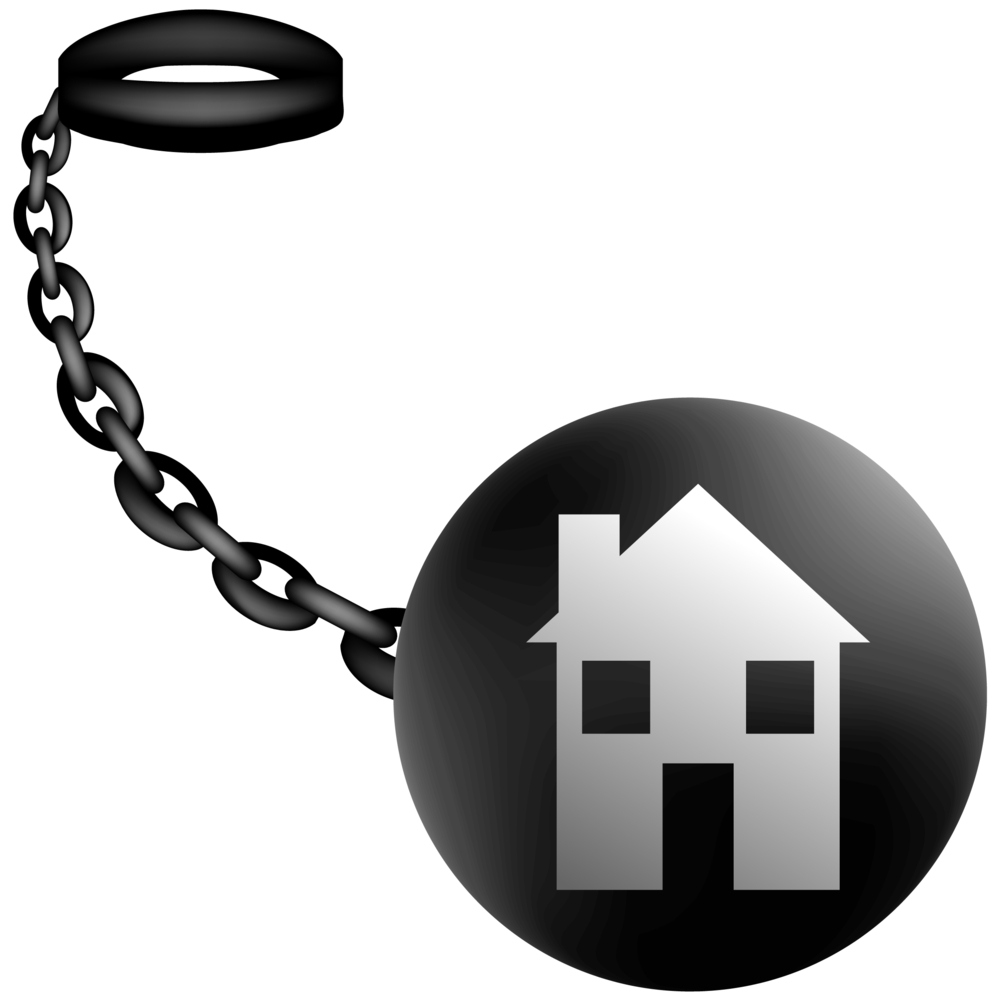
Mortgage and landlord possession volumes between April and June have both increased when compared to the same period last year, Ministry of Justice (MoJ) figures reveal.
The data shows that mortgage possession claims went up by 34% from 3,991 to 5,343, mortgage orders for possession also went up 34% from 2,529 to 3,395, warrants issued are up 9% from 2,679 to 2,918 and repossessions went up 29% from 660 to 854.
Meanwhile, landlord possession claims increased by 9% from 22,526 to 24,495, orders by 15% from 16,029 to 18,436, warrants went up 12% from 9,957 to 11,172 and repossessions increased 16% from 5,950 to 6,927.
The MoJ figures showed that the median average time from claim to mortgage repossession has decreased to 45.9 weeks, down from 48.7 weeks in the same period in 2023.
For landlord repossessions, the median average time from claim has increased to 25.4 weeks, up from 22.1 weeks in the same period in 2023.
The City of London, in the London region, had the highest rate of mortgage possession claims at 294 per 100,000 households owned by mortgage or loan.
This was followed by Newham (London region) and Kensington and Chelsea (London region); with 259 and 228 claims per 100,000 respectively.
The highest private landlord possession claim rates were found in London, with 7 of the 10 highest rates occurring in this region.
Barking and Dagenham (London region) had the highest rate for private landlord claims (850 per 100,000 households owned by a private landlord), followed by Newham (London region) and Redbridge (London region) with 823 and 652 claims per 100,000 households owned by a private landlord respectively.
Tewkesbury (South West region) had the highest social landlord possession claim rate with 1,250 per 100,000 households owned by a social landlord.
This was followed by South Gloucestershire (South West region) and Cotswold (South West region) with 1,028 and 979 per 100,000 households owned by a social landlord respectively.
London boroughs accounted for six of the 10 local authorities with the highest rate of mortgage claims.
There was only one local authority that had no mortgage possession claims during this period.
Excluding this, East Hampshire had the lowest rate of mortgage claims with 11.5 per 100,000 households owned by a mortgage or loan.
Repossession Rescue Network founder Patricia McGirr says: “A significant number of UK borrowers have hit a financial iceberg over the past few years and, sadly, there aren’t enough lifeboats for those that have gone overboard.”
“If people already struggling with historically low interest rates couldn’t keep afloat before, they’re certainly going to feel the icy waters when they remortgage. The fact is, lenders keep repeating the same mistakes.”
“If your credit is good, you can expect better rates, but at a time when every penny counts, you’re penalised based on risk. Although rates have dropped a little recently, we need a more joined up approach to mortgage arrears and alternatives to repossession. I shudder at the mental health crises that lie behind these figures.”
Meanwhile, Lawson Financial director Michelle Lawson states: “There is some good news in these figures in that the residential homeowner figures have stabilised with the lightest arrears decreasing.”
“The telling news is the arrears increasing on buy-to-let properties, which reflects the relentless pressure on landlords and the downtrodden private rental sector. This Government really needs to get a grip, and quickly, on the housing crisis for the most vulnerable in society.”
“Not doing so will decrease stock, increase demand on lower supply and push rents up further. Private landlords should be seen as part of the solution and not the problem.”



